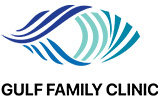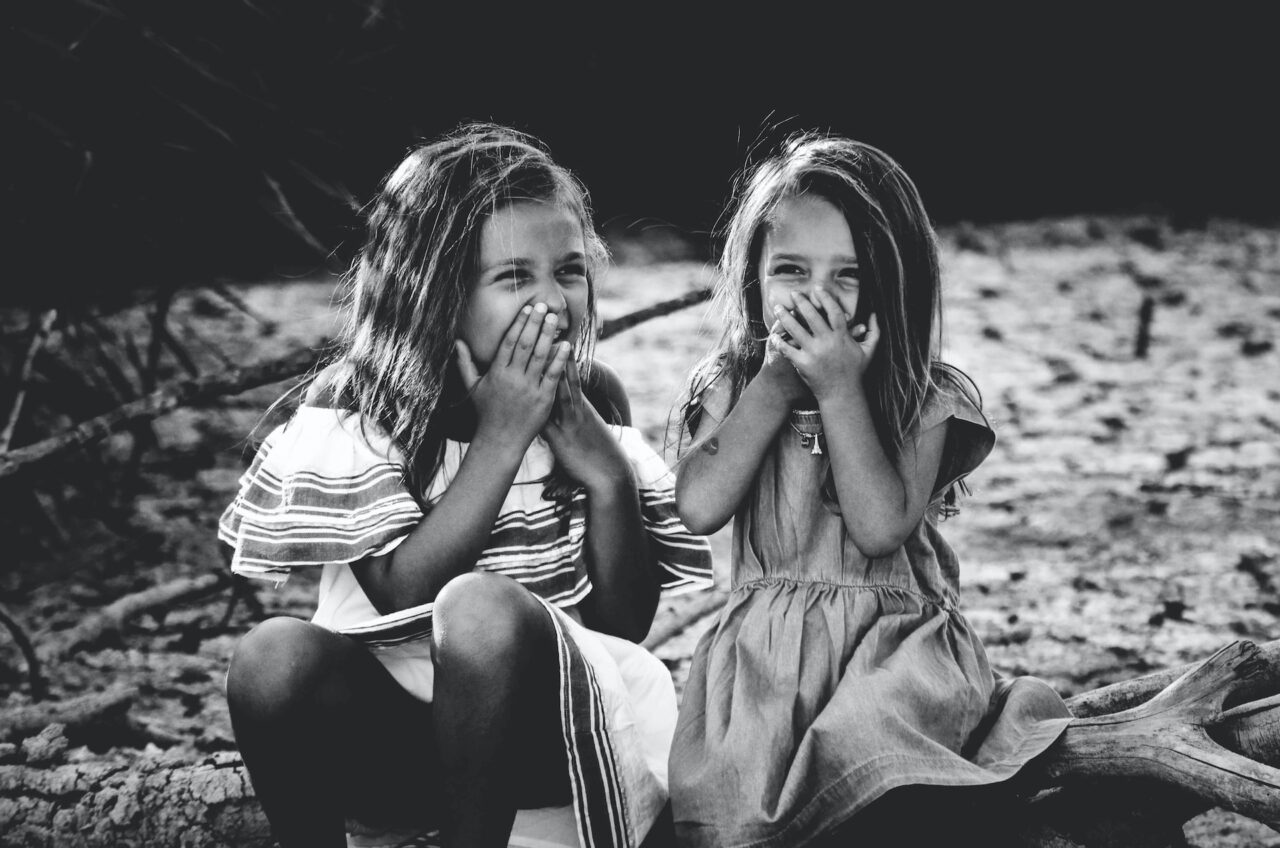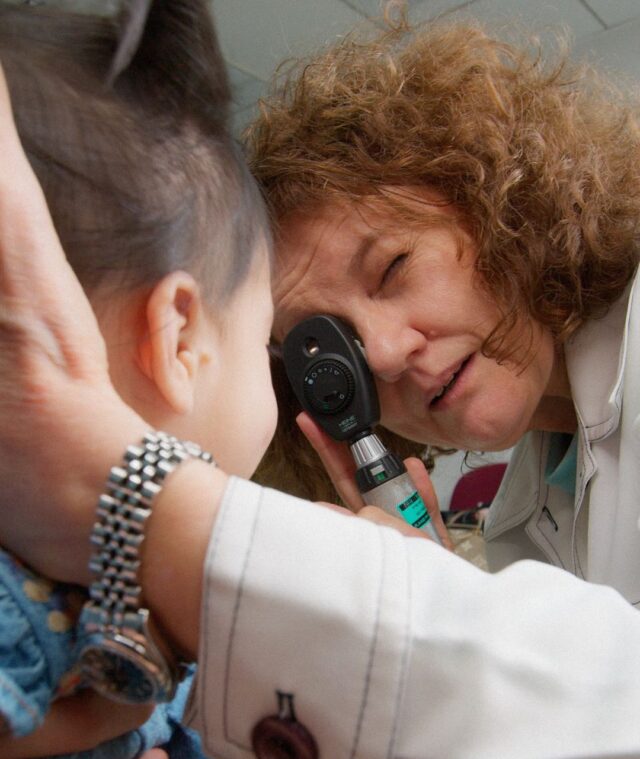Photo by Caroline Hernandez on Unsplash
Does your child have myopia? Do they wear glasses to correct it?
Did you know there is an alternative to glasses that most children prefer to wear? Plus, unlike glasses, it can also benefit their vision in the long term.
Read on to find out all about how ortho-k lenses might significantly benefit your child.
What is ortho-k?
Ortho-k is the name of a specialist contact lens used to treat myopia. You may also see the name used in reference to the practice of orthokeratology.
What makes these lenses very different is that they are worn overnight but removed during the day. Ortho-k patients are usually able to go without any other vision correction during daytime hours.
Ortho-k is a very gentle, non-surgical treatment that rarely causes any discomfort. However, the positive effects of the lenses are only temporary, so the lenses must be worn every night to maintain good daytime vision.
How do ortho-k lenses work?
Myopia is becoming a very common eye condition and occurs when the eye becomes more nearsighted. It could be the result of genetic influence or environmental factors, such as heavy computer use. According to research in the US, as many as 15 percent of 5- to 7-year-olds are myopic, increasing to 60 percent among 15- to 17-year-olds.
With myopia, the eyeball may grow too long (this is known as axial elongation) and the cornea may become more steep. This stops light entering the eye from reaching a clear focus point on the retina. This, in turn, causes blurred vision at long distances while clear vision at short distances is maintained. Many children need to start wearing glasses to correct their focusis problem.
Ortho-k lenses are a practical, comfortable alternative to glasses for children and adults with mild to moderate myopia. During nighttime wear, they very gently reshape the front curvature of the eye while the patient sleeps. When they are removed, vision is temporarily corrected. This effect should last long enough for the person to go without glasses or other vision correction means all day.
Is the treatment safe and suitable for children?
Ortho-k is very safe and is suitable for even young children. Very few negative side effects are ever experienced, when good care is taken.
There is a very small chance of haloes or glares appearing. Infection is also a possibility. However, a good hygiene routine supervised by parents minimizes such risks greatly. It is worth noting, too, that Orthokeratology is completely reversible; if your child does not benefit from it for any reason, they can just stop using the lenses, and the eyes then revert to the pre-treatment status.
Ortho-k lenses need to be put on every night and removed every morning. The procedure for this is much like that of standard contact lenses. It will quickly become very easy. The most important thing to remember is that the hands should be clean and that young children must be well-supervised.
What are the benefits for children?
There are three enormously significant benefits of Ortho-k lenses for children.
-
Ortho-k lenses may slow down the progression of myopia.
There is increasing evidence to suggest that ortho-k lenses can slow down the progression of myopia in the short term and thus make a significant difference to children’s long-term vision, too.
A two-year study in Hong Kong, published in 2012, found that ortho-k could interrupt axial elongation. Researchers found that children using ortho-k lenses “had a slower increase in axial elongation by 43% compared with that of subjects wearing single-vision glasses.” The younger the age of the child when they began to wear ortho-k, the greater the difference the lenses made.
This is an advantage that no other vision correction option for children can offer. The opportunity to slow down the progression of myopia is one that should not be missed. Myopia can cause many problems for children in school and in everyday life, so steps should be taken to limit its impact. The condition – if advancing to high Myopia – can also raise risks of more serious eye conditions later in life, including retinal detachment and Myopic macular degeneration.
-
Children need not wear glasses or daytime lenses.
Children who begin wearing ortho-k lenses rarely need any other daytime prescription, such as glasses or regular lenses. While glasses can solve vision problems, for some families they can create as many problems as they solve. Ortho-k as an option is good news for both parents and children; no more lost or broken glasses, or feeling self-conscious about them.
Ortho-k lenses also don’t inhibit the enjoyment of sports or any other activities where glasses might get in the way. They can actually offer your child a more carefree daytime way of life.
-
Orthokeratology is non-surgical and non-invasive.
Children are not usually put forward for vision correction surgery before the age of 18. This is because their eyes are still rapidly changing and they need to achieve ‘stability of correction’ before surgery can be considered.
Ortho-k can be used in the interim, and because it can make a difference to the effects of myopia in the long term, using them could reduce the amount of, and chances of your child needing surgery during adulthood, or help postpone the need for it for as long as possible.
Where can I get more advice?
If you would like to know more about how ortho-k might help your child, then speak to an ortho-k specialist or an ophthalmologist for kids.
They will gladly give you all the information you need and help you decide if ortho-k is the right treatment for your child.








